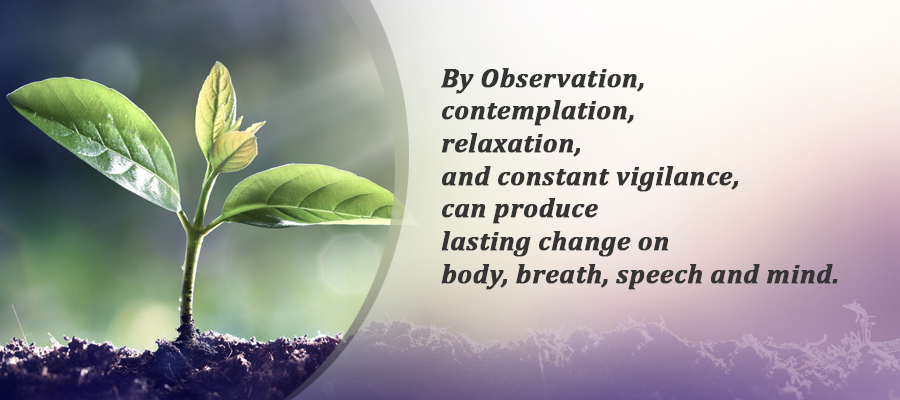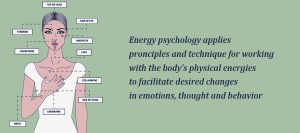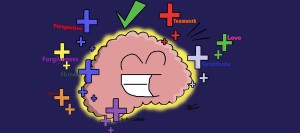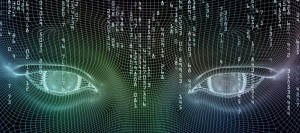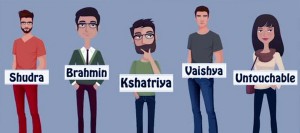Life Science Practical Training
Following are the main steps in practical training:
- Yoga Physical Exercise: Provides workout for all muscles, limbs and other external organs.
- Logic Asanas: To provide exercise to the organs that sit in and control their activity.
- Pranayama: Conscious control and control of the breath results in determination and an increase in the power of desire; control of the autonomic nervous system is achieved.
- Relaxation (with self-awareness) (Kayotsarga): Makes the mind and body free from physical (muscle), mental (nervous) and emotional tension.
- Preksha Dhyana: This is the process of awakening one’s own reasoning mind (viveka) and thereby controlling one’s lust and emotions. It is based on the principle of engaging one’s mind by concentrating on perception rather than on thought. Perception, again, is an internal phenomenon of consciousness and not an external object. This is a technique of seeing someone’s identity. It comprises: Regulation and final control of (a) respiratory and other physiological functions, (b) nervous system, (c) endocrine system (ductless glands) and (d) inherently subtle vibrations that produce arousal.
The practice of self-observation uncovers the mysteries of the subconscious mind and leads to catharsis. This technique balances and harmonizes the endocrine system, which in turn controls the nervous system. This results in a balance of the Neuro-Endocrine System.
- On a Physical Level: Preskha helps each cell to revitalize itself; it facilitates digestion; it makes breathing more efficient, improves circulation and blood quality.
- On a Mental Level: Preksha becomes a methodology for training the mind to concentrate; it cleanses and calms the mind; it offers a way to treat serious psychosomatic illness without medication; it is an efficient exercise in self-discipline leading to the end of addictions and other bad habits; it refers to what is outside the conscious mind.
- At the Emotional Level: The active function of the logical mind controls reactions to environmental conditions, situations and behavior of others, the harmonization of the functions of the nervous and endocrine systems results in the ultimate control and eradication of fear, jealousy, anger, lust and sexual perversion.
On a Spiritual Level: Strong control of the mind’s reasoning, regulation and chemical transformation of blood through the proper mixing of neuro-endocrine secretions and the impartial production of internal vibrations leads to the attainment of compassion, equanimity, happiness and infinite happiness.
Perception of Breathing
Preksha-dhyana includes the following exercises;
-
- Complete scientific breathing through the functioning of the diaphragm; long, deep and rhythmic breathing with total awareness; full use of vital capacity.
- Breathe through alternating nostrils (along with holding your breath).
Body Perception
Concentrate on every part of the body to understand the subtle vibrations and sensations that occur even at the cellular level.
Internal Trip (through the spinal cord and brain) (Antaryatra)
Perception of the Sushumna (spinal cord) and cerebral cortex.
Perception Psychic Center
Specific centers in the body where consciousness is more active and which are interconnected with the endocrine glands and the nerve plexus.
Psychic Color Perception
Visualization of the selected Color while focusing the mind on a different psychic center. Such practice is found to be very effective in producing internal changes in the subtle level of consciousness.
Comprehensive education should aim to increase and develop positive attitudes and inhibit and subdue negative ones. Conventional academic education is completely incapable of achieving this. Graduates in all branches of conventional educational courses cannot improve their ability to cope with emotional distress and mental stress to one point, cannot develop the strength of their mental balance and cannot develop a positive attitude unless they are also educated by Science for life. It is a supplementary education designed to achieve all of the above virtues by awakening and developing man’s own inherent powers. It has the ability to create personalities that justify human claims as the ultimate product of evolution.
It aims not only for physical and mental good but also for total good. Suggestions and suggestions are often made to include moral education in the school or college curriculum. However, it must be remembered that a purely preaching-oriented education has very limited influence on the development of good character. This is because preaching by itself has little capacity to create conditions against the main driving force. Practical training and regular practice are also important. So it is clear that moral education must consist of both theoretical and practical elements.
It has now been established that the secretion of hormones from the endocrine (ductless glands) is responsible for mental attitude and behavior. Hormones interact and control various functions of the nervous system, especially the autonomic nervous system. The extraordinary stress conditions and the resulting strain have forced the endocrines to become overloaded and their products have been destroyed. The homeostatic balance between the sympathetic and parasympathetic components of the autonomic system has been broken, resulting in sympathetic dominance. This is the main reason negative attitudes dominate the minds of some scholars and educated people. If the secretion of hormones by the entire endocrine system (sometimes called the endocrine orchestra) is in harmony, a more balanced balance between the two opposing components of the autonomic nervous system can be established. Only then can the various problems discussed above be resolved.
It regulates comprehensive education to achieve social health. It is believed that the physical and mental health of an individual depends primarily on emotional health and only if the physical, mental and emotional health of the individual is achieved can it improve social health. The four of them are interdependent and complement each other and constitute one unified whole.

